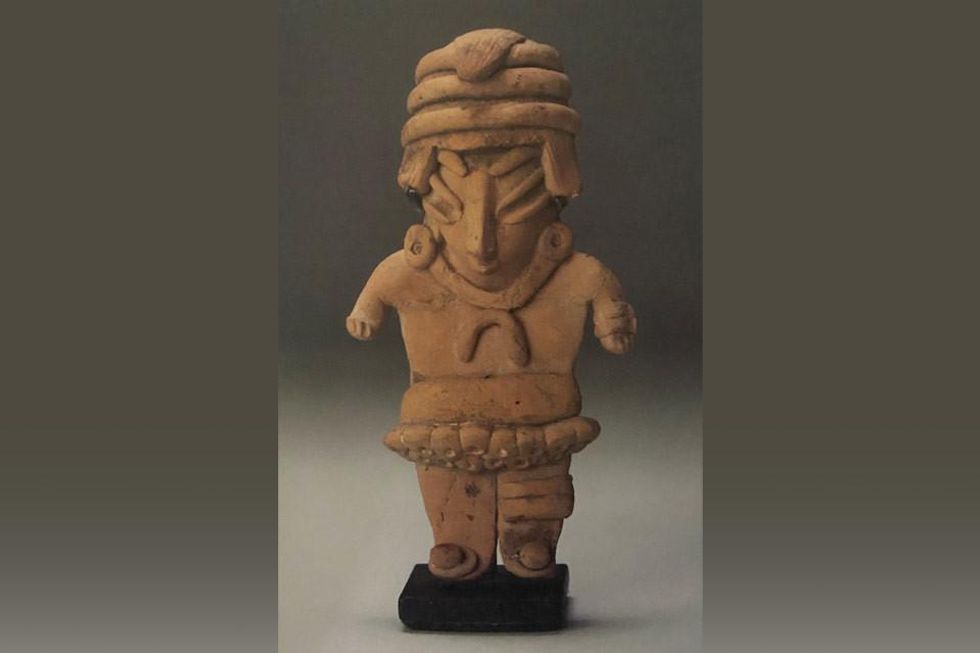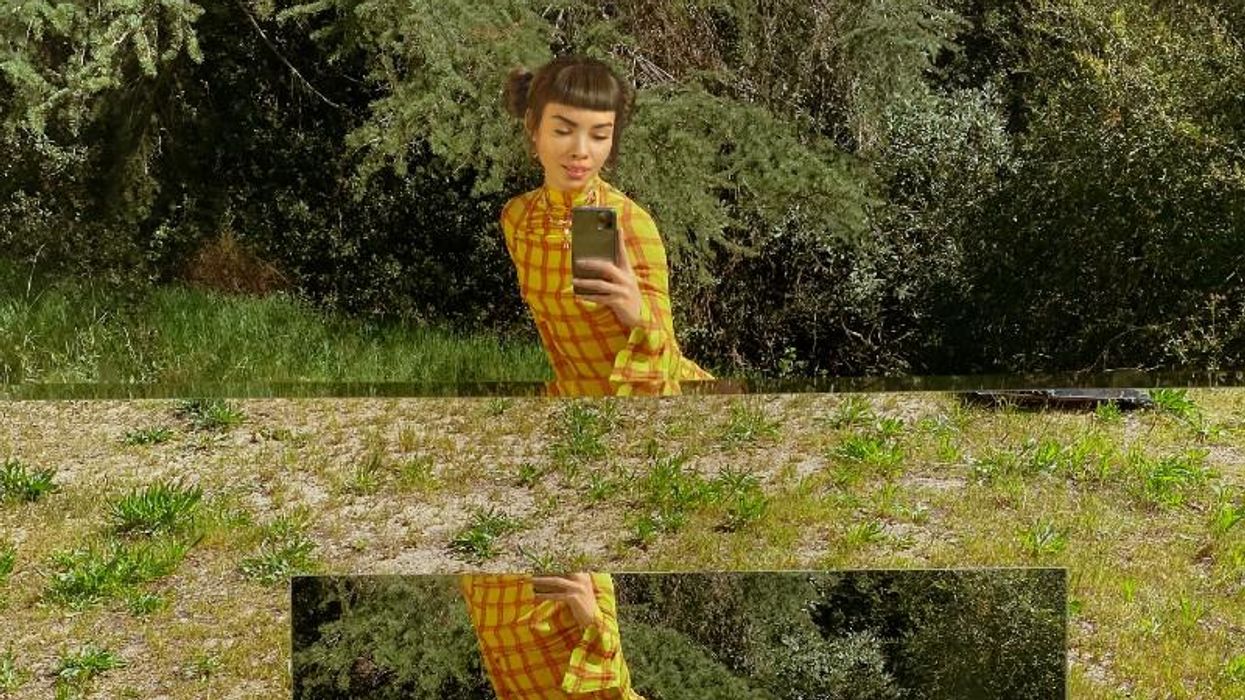These Two SoCal Universities Are Working to Digitize and 3D Print Mesoamerican Artifacts
William Cunningham's voice is calm and patient over the phone. That sense of serenity will serve him well in the coming years as he helms the effort to digitize tens of thousands of artifacts, books and photographs, some nearly 3,000 years old, from USC's collections of Mesoamerica as well as those at California State University Los Angeles.
Cunningham, a digital imaging specialist at the University of Southern California Libraries Digital Library, will be responsible manning the camera and rig to capture a sprawling collection of artifacts and rare books such as recreations of Aztec codices copied directly from the original sources and a 16th-century edition of the "Cronica Mexicana" by Hernando de Alvarado Tezozómoc, a writer and direct descendant of Aztec emperors.
Cunningham's work is integral to the Cal State-USC joint project funded by a grant from the Council on Library and Information Resources (CLIR). The project could have implications for generations of academics, students, and indigenous peoples in North and Central America trying to understand the connection between the thousands of years of pre-Columbian history and colonialism in the Americas.
"It's going to be a useful pedagogical tool, and, obviously, quite a resource outside of Cal State as well to the broader community," said Mario H. Ramirez, head of special collections and archives at the University Library at CSULA. Ramirez is also a principal investigator in the project's joint-team that includes Cunningham, Azalea Camacho (also a principal investigator) along with several other researchers.

"Our intent with it is to work with local K through 12 districts and work with community groups in order to really make clear the connection between the materials and history they document and a lot of the Latin American communities that reside here in Los Angeles as well," said Ramirez.
The items from CSULA's Mesoamerican and Colonial Mexico Rare Book Collection and MAW Collection and the USC Libraries' Special Collections include stone and clay figures from more than a dozen cultures that thrived before the Spanish conquest. Among the pieces are an effigy figure of the rain god Tlaloc from Teotihuacan culture in the heart of Mexico that retains much of its original earthen pigments.
There thousands of photos taken during the early 20th century of historic pre-Colombian sites and Spanish colonial architecture across Mexico and Central America before excavations, tourism and the hundreds of thousands of seekers it attracts faded much of the glory of those areas.
The digitized archives will eventually be shared freely via the Cal State digital library, the USC digital library, Calisphere and the Digital Public Library of America. The intent is to bring these collections to life for students and to those who might otherwise not get the chance to see them.
"We're hoping to do some 3D printing on campus of some of the objects," said Ramirez. "It's supposed to be a teaching collection in many ways but, obviously, many of the artifacts are very delicate so we don't want people accidentally dropping them. We're hoping to 3D print some of them so that it's feasible and students can actually handle some of them because we have a Mesoamerican Studies minor on our campus."
The photography collection also includes nearly 10,000 images printed on 35mm slides. The images are dated from the 1950s to the 1980s and feature Mesoamerican objects held in museums in Italy, Spain, Germany, France, the US, and South America. Of these, Cunningham has digitized 4,500 of them.
Cunningham uses a different camera and process to digitize physical objects such as statues and jars. He uses a Phase One XF camera with a 100-megapixel Phase One IQ3 digital back. Normally, he shoots 32 images of each item from one of three angles for a total of 96 images to create a single 3D render of an object. The 3D render is processed using Agisoft Metashape.
However, the massive number of items he needs to scan within the three-year period has forced him to experiment with other methods. He's currently testing out a method to create 3D renders with only 16 photos using either one or two camera angles depending on the shape and size of the artifact.
One of Cunningham's biggest challenges is handling the items. Many are centuries old and are very brittle or fragile. Some of the rare books that he's digitized so far, for example, have to be handled with care or the pages may break apart at the edges. Some have pages missing or have contents that have faded due to the elements. Despite this, he's found some amazing pieces of history sitting in the archives.
"There were about 10 different books," said Cunningham. "Some of them were late 19th century, early 20th century and some of them were reproductions of Aztec codices, which were written and illustrated at the time of the Spanish conquest. Those were kind of fascinating just to see if this was someone sitting there drawing pictures of Aztec rituals and ethnic daily life, and also images of the Spanish and their boats and their cannons and swords and armor coming ashore. These were done by people who were bearing witness."
- USC Gets Funds to Create a Contract Tracing App for Students - dot ... ›
- USC Granted $15 Million For Tech Startup Incubator - dot.LA ›
- Amazon Is Building a Machine Learning Research Center at USC ... ›
- USC Professor’s Course Is Churning Out Startup Founders - dot.LA ›
- USC Program Creating Startups To Aid Ukrainian Refugees - dot.LA ›


 Lil Miquela is a new sort of media property.
Lil Miquela is a new sort of media property.